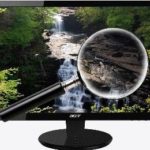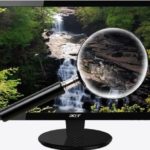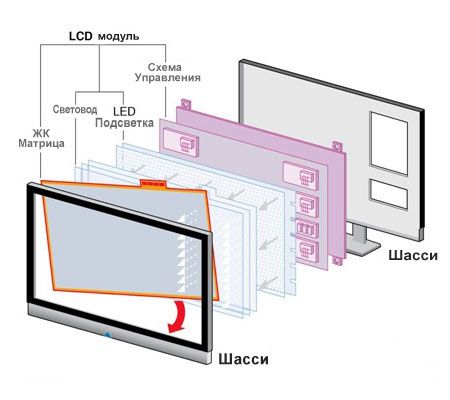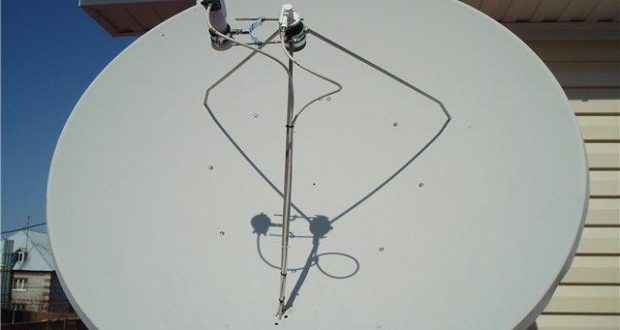How to check a TV when buying
 Buying a new TV doesn't seem like a big deal. Especially now, when the range of TV receivers is huge. You just need to decide on the device model and the necessary functions. However, not all so simple. After all, before purchasing, you need to fully check the purchased device. Moreover, this must be done in the store.
Buying a new TV doesn't seem like a big deal. Especially now, when the range of TV receivers is huge. You just need to decide on the device model and the necessary functions. However, not all so simple. After all, before purchasing, you need to fully check the purchased device. Moreover, this must be done in the store.
The content of the article
Checking the contents
The first step is to carry out an external inspection of the device and the packaging in which it was stored and transported. If there are various dents on the box or it is even torn in some places, then we can say that the TV was damaged during transportation. They can be both external and internal. The matrix of the device may also be damaged. If the box has already been opened, then most likely the TV receiver has either already been used or is a display case.
As soon as the seller has issued a box with the desired TV model, you need to check:
- The general condition of the box, whether there are dents, tears or other mechanical damage on it;
- Full availability of all accessories. TV receivers must come with a TV remote control, network cable, and documents. You need to inspect the remote control for scuffs or chips. A complete list of accessories is listed in the attached documentation.You need to check it, since some TV models are additionally equipped with 3D glasses, adapters or brackets;
- All protective films must be in place. As a rule, they are used to cover the TV body and its stand;
- The new device should be free of dust. If it is available, then most likely the TV has already been in use;
- All existing metal or chrome inserts must not be scratched;
- The bolts located on the rear surface must not show any signs of tampering. If there are any, then the device has previously been repaired;
 It is also necessary to check the device for functionality. To do this you need:
It is also necessary to check the device for functionality. To do this you need:
- Connect the TV receiver to the network;
- With the device turned on, check whether the included remote control works;
- Having connected the television cable, you need to make sure that the TV scans and broadcasts the found channels;
- All available connectors also need to be checked. These are USB, HDMI, Scart, “tulips” and others;
- The built-in speakers should not produce any extraneous sounds or various wheezing sounds. The sound should be clear, and its volume should be smoothly adjusted;
- The USB connector needs to be tested for reading various media files;
- If the TV has a Smart TV function, then you need to connect it to the Internet and make sure all applications are working;
REFERENCE! If, as a result of the inspection, no defects were identified, then you can begin checking the matrix for the possible presence of dead pixels.
Functionality check: checking for dead pixels
The image shown on the TV screen is formed using pixels. Each of them consists of three colors: blue, red and green.Each screen resolution has its own number of pixels. So, with a Full HD resolution of 1920x1080 it is about 2 million. For Ultra HD TVs this value will be approximately twice as high.
REFERENCE! Some manufacturers add a fourth sub-pixel color to provide better color rendition.
Although at the manufacturing plant all manufactured products are thoroughly checked in many respects, a personal check for the presence of dead pixels will not be superfluous.
In order for the picture to be broadcast as required, all pixels must work. If a failure occurs and one or more pixels fail, the dots at this location will differ in color from the overall image.
The screens of modern LCD TVs consist of several layers, two of which are responsible for the operation of pixels. One layer consists of liquid crystals, the second contains special transistors. Microscopic transistors control the operation of the crystals. If one or more fail, non-functional pixels appear. In a layer with liquid crystals, the crystal stops causing failure.
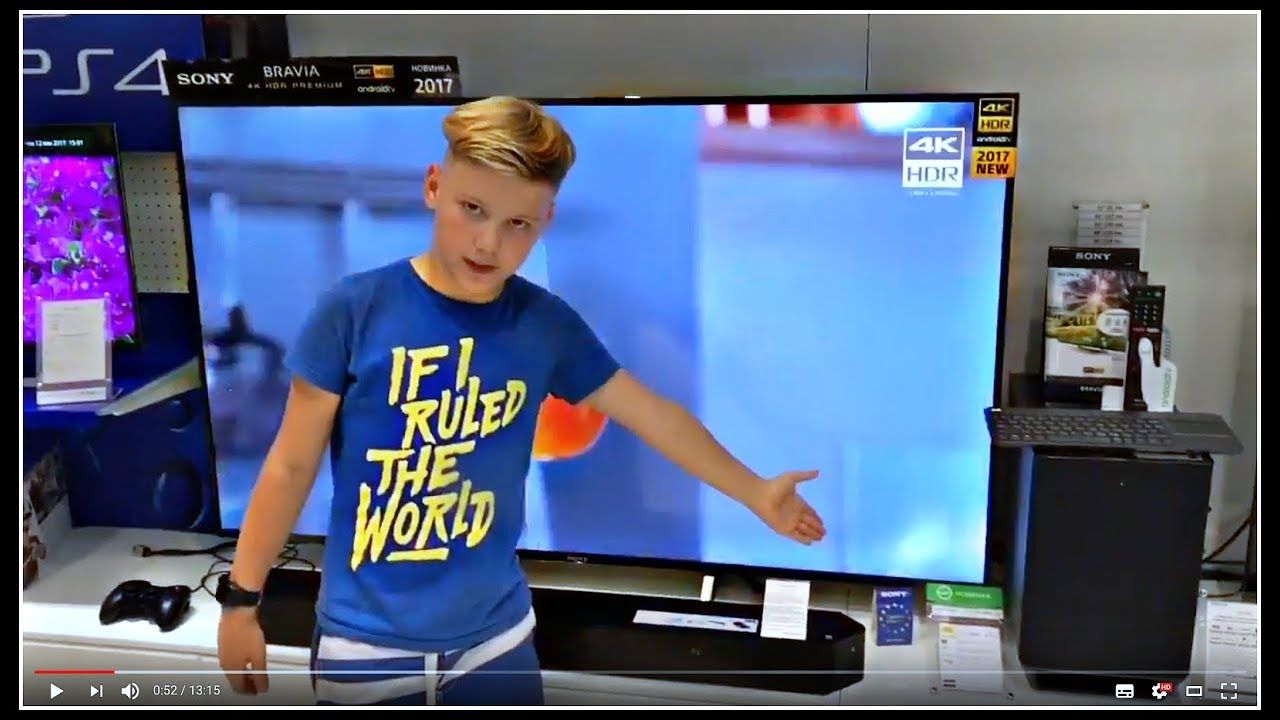 To check for dead pixels, you need several single-color pictures. It is advisable to prepare the images yourself in advance and bring them with you on external media. Their resolution should be similar to the resolution of the TV receiver screen. You will also need a magnifying glass, since it is quite difficult to see the pixels, especially on a large diagonal TV.
To check for dead pixels, you need several single-color pictures. It is advisable to prepare the images yourself in advance and bring them with you on external media. Their resolution should be similar to the resolution of the TV receiver screen. You will also need a magnifying glass, since it is quite difficult to see the pixels, especially on a large diagonal TV.
REFERENCE! To check for dead black pixels, you need a white picture. For white it’s the opposite. You will also need an image of red, green and blue colors.
After displaying the required image on the TV screen, you need to carefully inspect the monitor using a magnifying glass. Dead pixels will glow a different color from the rest, since they do not respond to the signal that is sent to them. It happens that pixels do not work correctly from time to time. An image with various patterned pictures will help you detect them. Elements that do not work correctly are highlighted from the general row. Some defects in work may not appear immediately. To detect them, the device needs to work for some time to warm up.
Detecting color spots and checking illumination uniformity
In addition to checking for dead pixels, before purchasing a TV, you need to check for stains, and also evaluate whether the backlight of its screen is uniform. To do this, you will also need a one-color image, which must be displayed on the TV receiver screen. When broadcasting, the display should not have different shades of different colors. That is, the screen must be uniform. However, LSD displays have some technological features that make it very difficult to achieve this uniformity. Therefore, manufacturing companies do not consider such a defect to be a sufficient reason to return the product. Such problems with highlighting and spots are called tint, banding and highlights.
- Tint is the various streaks that appear when white color is not displayed correctly along the edges of the screen. To identify this defect, you need to use a gray image. If greenish or pink stripes appear, then this problem exists. During normal TV viewing, the tint is not noticeable. However, it may cause inconvenience when viewing photos or playing games;
- Glare.With this defect, the device display is illuminated differently. In different parts of it the intensity of illumination is different. When purchasing, it is unlikely that such a fault will be detected, since this requires a dark room. However, if the differences are small, this will not interfere with viewing;
- Banding. Like tint, this malfunction is characterized by the presence of color stripes that differ in shade from the main color of the picture. They become visible when filling a single-color image;
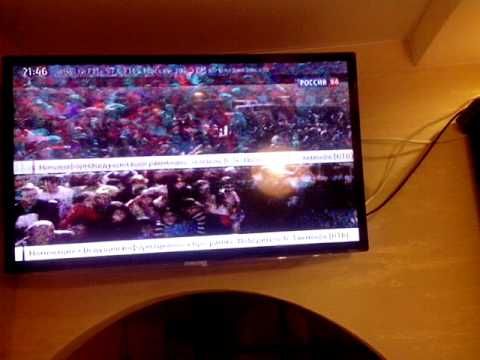 All these defects are not a breakdown. There are practically no LSD TVs that do not have them. However, they can be of varying intensity, which should be checked when purchasing a TV receiver.
All these defects are not a breakdown. There are practically no LSD TVs that do not have them. However, they can be of varying intensity, which should be checked when purchasing a TV receiver.
Recommendations for purchasing an LCD TV
When buying a TV, don't rush. It is better to conduct a thorough inspection of the device in the store than to fray your nerves and waste your time after purchasing an LCD receiver. Since most display defects are not grounds for return or exchange, inspection should only be done prior to purchase.
IMPORTANT! Please note that a certain number of dead pixels is allowed by the manufacturer.
In addition to the above, you need to make sure that the TV is easy to use, has a clear user menu, has all the necessary functions and a good viewing angle.

